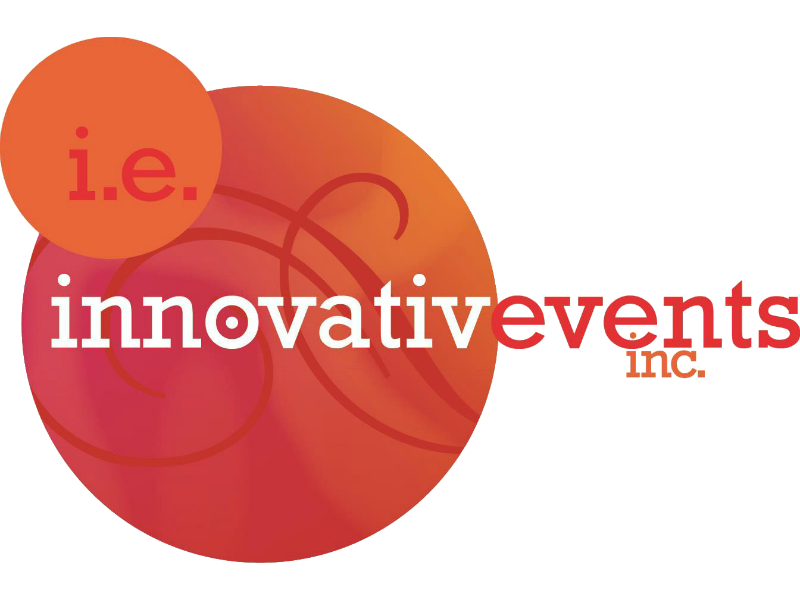What you need to know about using iBeacon tech for attendee engagement
The event industry is constantly changing and evolving in order to provide an improved, more engaging audience and attendee experience. One result of such endeavors is the adoption of iBeacons. You’ve likely heard this buzzword in recent months as iBeacons are being incorporated at trade shows, business conferences, conventions, and meetings. With this tech trend said to be increasing within the next five years, it’s best you know what they are and how to use them.
What are iBeacons?
iBeacons were launched in 2013 and are the trademarked term by Apple for beacons. Beacons are a mobile technology consisting of small low-powered transmitters that use Bluetooth low-energy (BLE) signals to communicate with mobile devices.
Although trademarked by Apple, the BLE technology can be used on Bluetooth 4.0 devices that support dual mode. This includes Android and Windows devices. They can be placed in various locations within a venue to engage smart-phone savvy attendees. In other words, they are used as an indoor positioning system.
How do they work?
The technology of beacons is used to pinpoint user’s locations within a few feet. Attendees who have downloaded the specified event app can manually accept location services and opt in to receive notifications. As a user passes by a beacon, relevant information is sent to their mobile device through the app.
The battery life of a beacon is six months to two years, depending on usage. These are ideal for indoor usage as the signal can pass through walls and other physical barriers. A much better alternative to waning Wi-Fi signals.
The proximity a beacon reaches has several categories including immediate, near, and far. This can range from a user being within a few centimeters of the beacon to as far as 10 meters away. Messages sent to the attendee can be customized based on the range of a customer as they near a booth or specific location; meaning that you can guide and welcome the attendee before they even arrive in person.
Pros and cons of iBeacons
Pros
- Replaces user triggered actions (scanning QR code)
- Signals don’t drain battery of mobile device like Wi-Fi usage
- All you have to do is set up beacons where you want specific actions triggered
- Beacons have unique identifiers included in event app development
- Want this functionality native within your event app as you can then use the developer’s system to choose actions
Cons
- Bluetooth must be on for the technology to work
- Privacy
- When accepting use of the beacon you agree to application terms when “opting in”. This gives info away and you therefore put great trust in app provider
How they can be used for meetings and events

iBeacons can be used for navigation at tradeshows and meetings
iBeacons have shown great promise for attendee engagement at events. They can be used for networking such as an opt-in feature allowing attendees to discover other like-minded or business associated connections. This can even include LinkedIn integration. Other features and usages are listed below:
Navigation capabilities/location information
- Use for floor maps
- Help drive traffic to exhibitors booth
- Guide to open seating
Simplifies data collection
- Attendees’ contact info
- Gather information for lead tracking
- Receiver can communicate with beacon (telling caterer food preference of device owner)
- Attendee action metrics
Increases information availability
- Give information to attendees while waiting in line
- Replace promotional USB sticks and brochures
Increased communication with and between attendees
- Welcome messages
- Discount offers
- Engagement between social circles
- Beacon can be set up to give helpful tips (Can help attendees figure out how to get where they want to go at an event)
Technology aided processes
- Automatic check-in
- Gamification (scavenger hunts)
iBeacons are sure to have a significant impact on the event world and the attendee experience as they are the ultimate form of tech engagement. Event planners and meeting planners will now have more control over what they choose their attendees to experience by employing relevant information and personalization. It will be interesting to see the way future events are shaped as this event trend becomes more popular.


